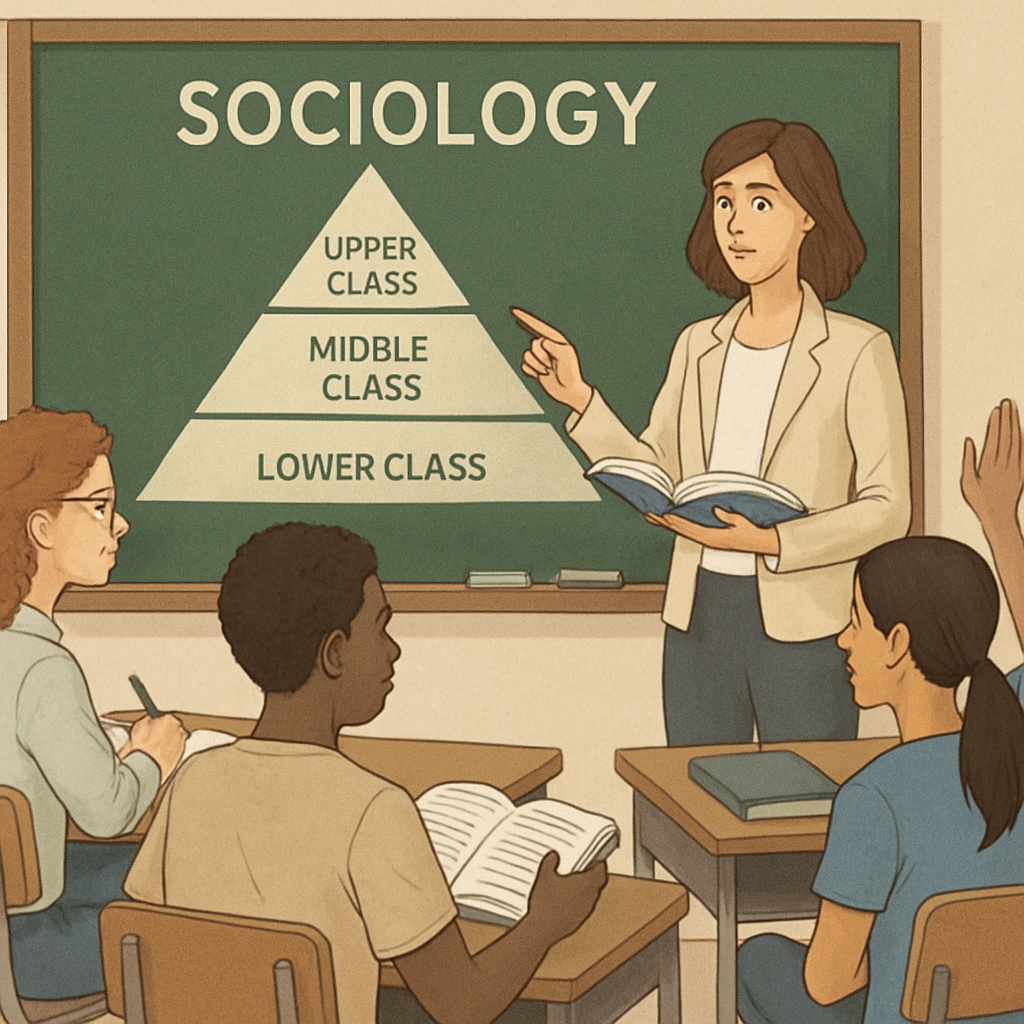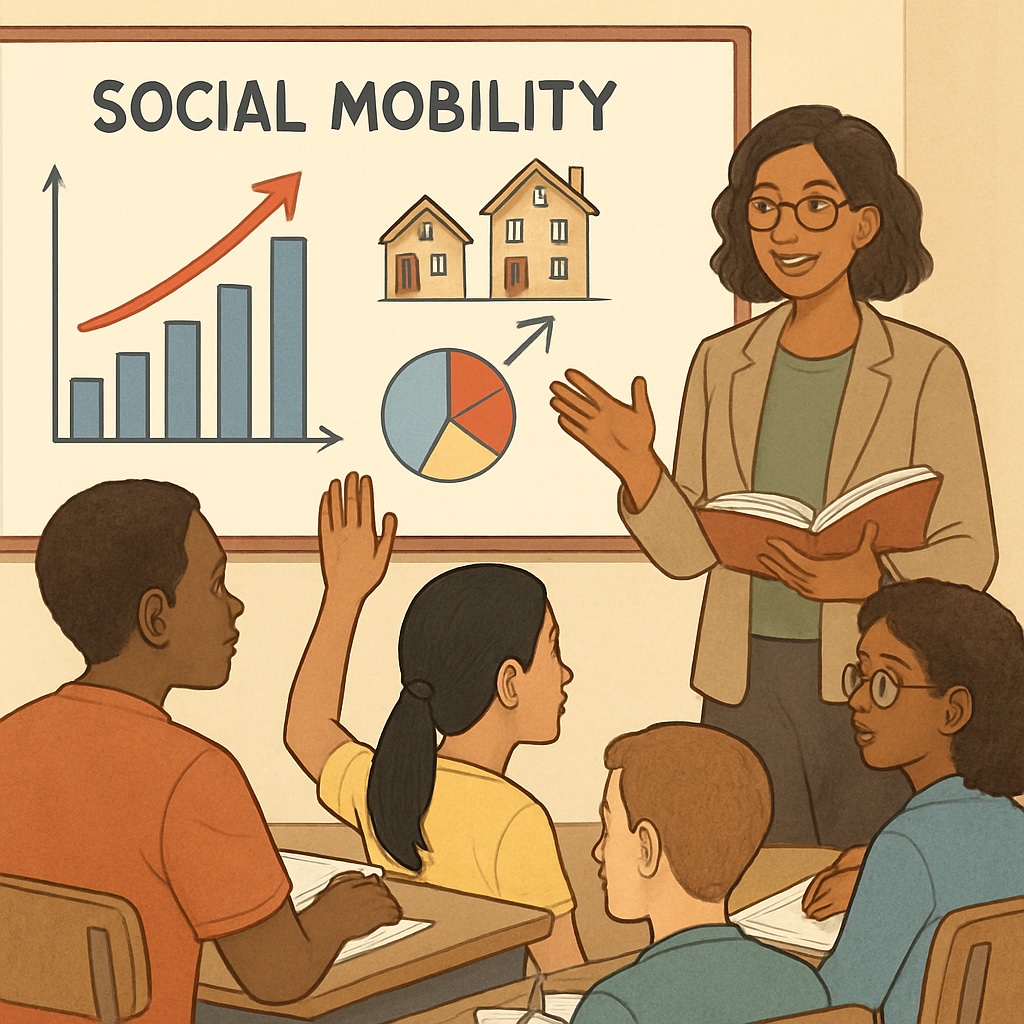The “class system,” as often discussed in sociology education, is a topic rife with complexities. Yet, when K12 educators oversimplify it with rigid narratives—such as “social class is fixed for life”—it can lead to significant misconceptions. A recent controversy surrounding a sixth-grade sociology lesson has highlighted this issue. The lesson in question reportedly taught students that social class mobility is nearly impossible, perpetuating a “fixed mindset” about societal structure. This article explores the potential harm of such teaching, the importance of balanced perspectives in sociology education, and how educators can foster a more accurate understanding of social mobility.
The Problem with Teaching “Fixed Class Systems” in Schools
Teaching students about “class systems” is crucial for understanding societal dynamics. However, presenting class structures as entirely immobile risks instilling a defeatist mindset in young learners. For example, in the disputed sixth-grade lesson, students were reportedly told that their social class is “determined at birth and remains unchanged throughout life.” Such a statement not only oversimplifies the concept of class systems but also ignores the nuanced realities of social mobility.
In truth, social mobility—the ability to move between social classes—varies greatly depending on factors like education, economic policies, and individual effort. While structural barriers exist, emphasizing immobility discourages students from believing in their agency or potential. A balanced educational approach is essential to avoid such negative impacts.

The Psychological Impact of “Rigid” Social Narratives
When students are taught that social class is unchangeable, it can have lasting psychological effects. This rigid narrative may lead to:
- Learned helplessness: Students might feel powerless to change their circumstances, leading to lower motivation and academic performance.
- Reinforcement of stereotypes: Young minds may internalize harmful stereotypes about themselves or others based on class.
- Reduced aspirations: Believing in a “fixed” system can limit a student’s ambition and willingness to pursue opportunities.
Conversely, teaching about the potential for social mobility, alongside its challenges, empowers students to approach their futures with optimism and resilience.
How Educators Can Foster Accurate Social Mobility Education
To combat the spread of rigid or inaccurate ideas about social class, educators should take a more nuanced approach to sociology education. Here are some strategies:
- Present balanced perspectives: Teach both the challenges and opportunities related to social mobility.
- Incorporate real-world examples: Highlight stories of individuals who have successfully navigated social mobility despite obstacles.
- Encourage critical thinking: Use discussions and projects to help students analyze class systems and their complexities.
- Leverage reliable resources: Use data and studies from reputable sources, such as Wikipedia on Social Mobility and Britannica’s overview of Social Mobility.
By fostering critical and informed discussions, educators can help students develop a deeper understanding of societal structures and their place within them.

Conclusion: Why Accurate Representation of Social Mobility Matters
Addressing the controversy around the sixth-grade sociology lesson, it’s clear that how social class systems are taught has profound implications. Educators wield significant influence over how students perceive their futures. Misrepresenting social mobility as entirely rigid risks discouraging aspirations and perpetuating stereotypes. Instead, schools must aim to provide comprehensive and balanced education on the topic. By doing so, they can empower students to critically engage with society and pursue their potential.
Readability guidance: This article uses short paragraphs, clear subheadings, and lists to ensure accessibility. Transitions like “however,” “in addition,” and “for example” enhance coherence. Passive constructions and long sentences are minimized, ensuring concise and engaging content.


